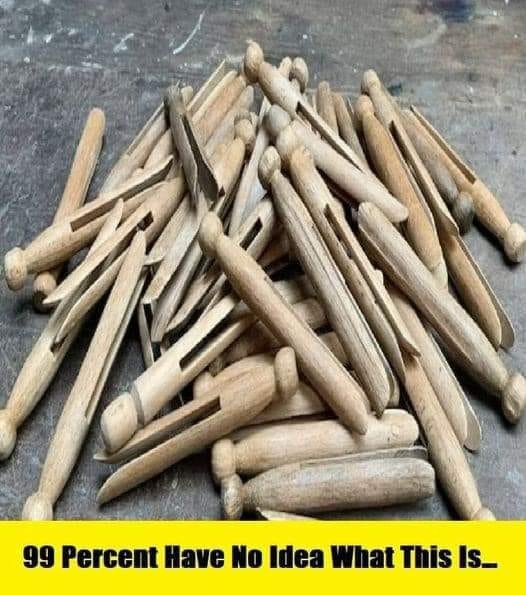There is a long and illustrious history behind picket clothespins, dating back to the eighteenth century, when doing laundry required a lot of manual effort and clothes needed to be hung out to dry. From the beginning, wooden clothespins were made of materials that resembled bone, metal, or horn. However, their popularity increased owing to the fact that they were inexpensive and easily accessible. There were early versions that had been carved by hand, which demonstrated the competence and perfection of artisans who took delight in their job.
In addition to its primary use of hanging garments, wooden clothespins have been utilized for a variety of other purposes in addition to their primary function. It is common practice to use them as clipping devices for chip bags, picture holders, and craft items. The fact that they may be used in a variety of settings makes them indispensable in homes, workplaces, and even art studios. It is also important to note that their durability guarantees that they can withstand years of usage, which makes them an environmentally beneficial alternative to plastic clips that are disposable.
Read more on next page

